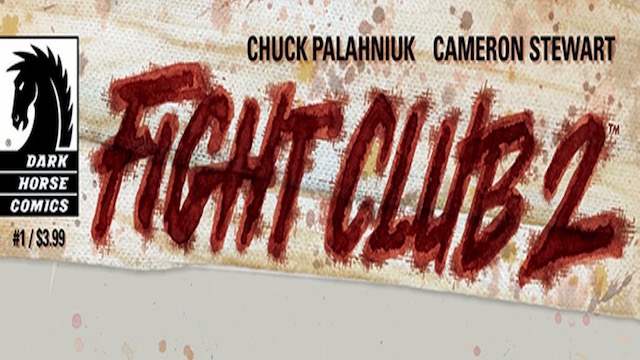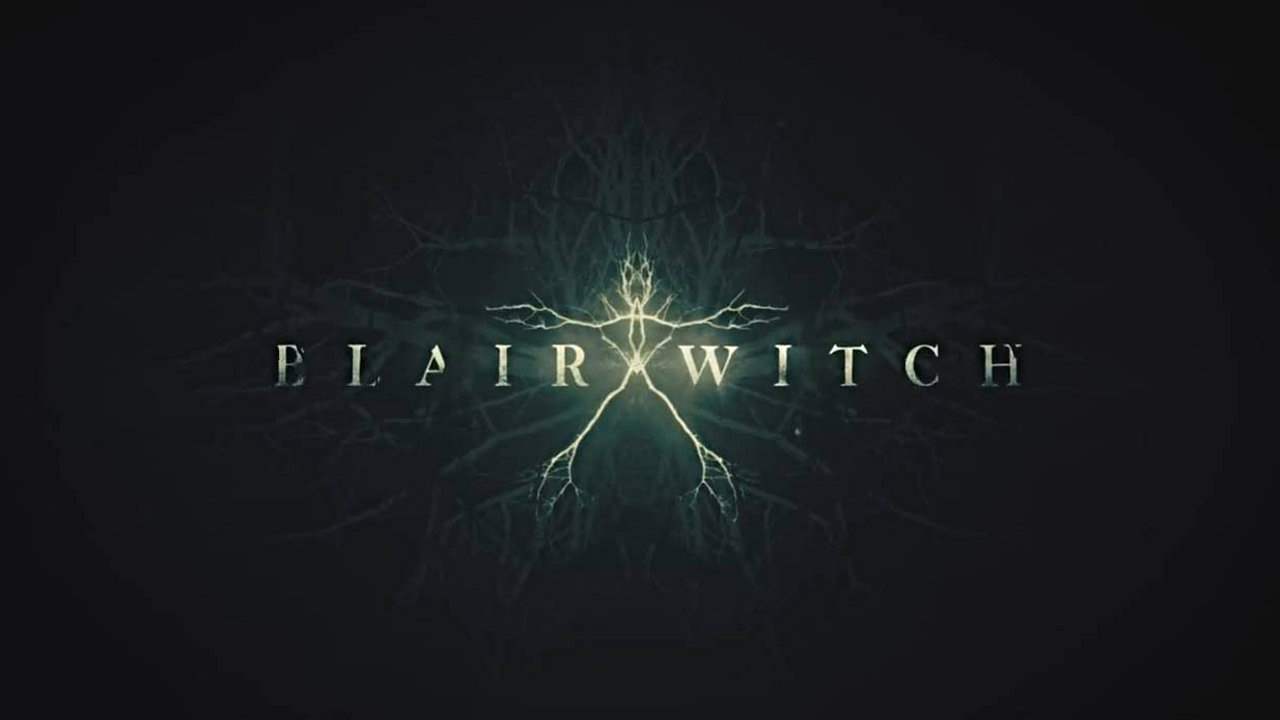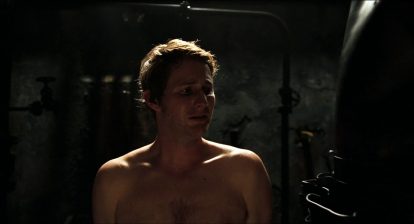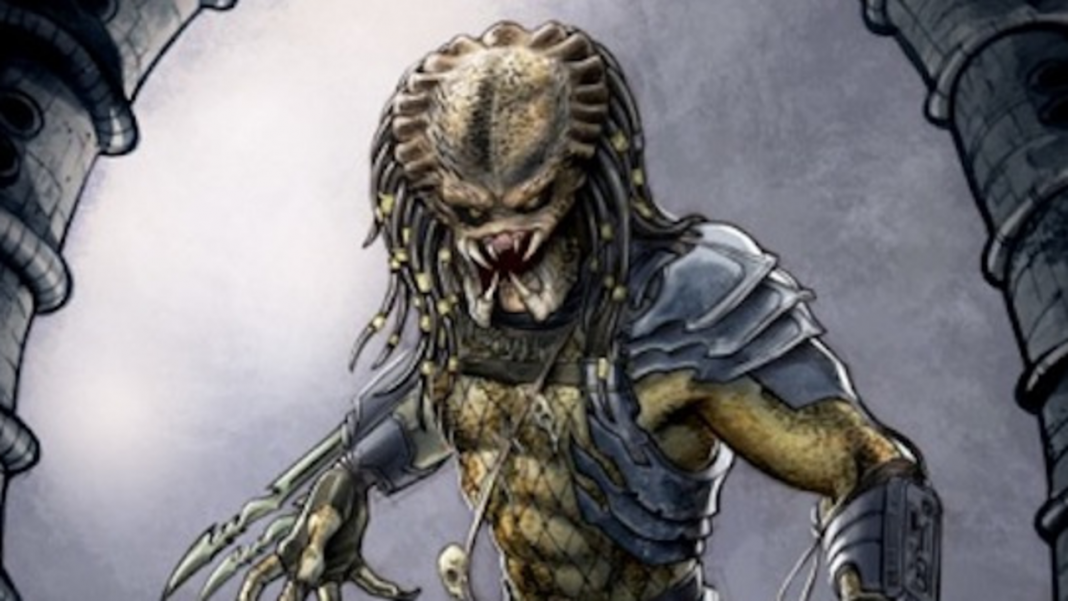The last grain of sand in the hourglass has drained, and the final issue of Chuck Palahniuk’s Fight Club 2 has arrived. There aren’t many explosions, save for the first few pages, but there is a thick amount of material to chew on. This issue alone, for example, compelled me to reread the entire narrative a few times over. Going back from point A to point B, the parallels are obvious and distant. Issue ten is definitely not short on that masochistic sense that Palahniuk has mastery over; one moment it all clicks, but then you could just as easily mistake that proverbial noise for a spider web fracture.
Unable to obtain a satisfactory resolution to his tale’s mess, Palahniuk proposes a twist that effectively halts Tyler’s dealings. However, as the writer’s ensemble points out, he can’t just “climax prematurely.” A frustrated ensemble quickly surrounds his residence, demanding that he formulate a better conclusion. After a bit of deliberation, the crowd strong arms Palahniuk and his cohorts to follow them to a remote location in order to determine a better resolution.
It would be a bit disappointing if Palahniuk only provided answers to Fight Club 2’s numerous questions. For a character that shatters perception, would it really be fitting to write him off in a typical manner? Instead, Palahniuk does something incredibly rare in putting his character over the writer himself. In one instance, Palahniuk contends that being the writer, his direction is final. However, a snarky fan quickly suggests that “you can’t teach God anything.” In other words, it’s tremendously foolish to think one has any advantage over Tyler, even if they did happen to create him.
While it feels like the conflict may have been introduced a little too late, examining Fight Club 2 (and maybe even its prequel) in retrospect can reveal Tyler to be just as at odds with his own, actual creator as he is with the fictional characters he interacts with. Even so, the final page reiterates just how closely related the writer is with the narrator-turned-Sebastian. Even the writer is partially bound by what works, which is a weakness Tyler explicitly lacks. In regard to Palahniuk, everything was all ultimately for naught, as Tyler is just as concerned with the everyday as he is with inciting nuclear holocaust.
Pulling back a bit, it’s hard to believe a comic this though-provoking and bewildering could end on a different note. Some may unfortunately find it a bit lackluster, but others may find that belligerent pills and obstructing rose petals that litter some of the comic’s more pivotal frames all make sense. This also proves a testament to Cameron Stewart’s abilities, as these aforementioned instances tend to make a hell of a lot more sense with the finale in tow.
If any complaint can be levied, it’s that Fight Club 2 would probably have felt a bit better as a graphic novel. Still, reading each issue individually yielded a puzzlement that probably won’t occur in any other comic for quite some time. All of Palahniuk’s “secondhand set-ups, his yard sale pay-offs, and cheap Ikea plot twists” have done wonders.
WICKED RATING: 8.5/10





